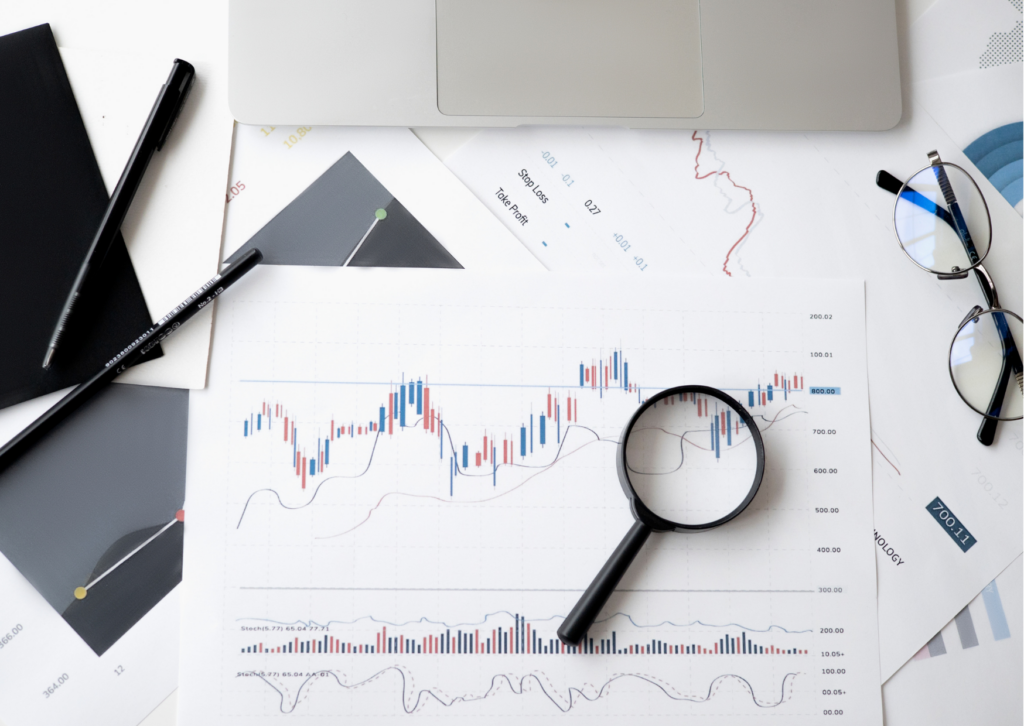Statistics is a field of mathematics that gives us the ability to ask interesting questions, like “How effective is this medication?” or “What will happen to these boys when they reach adolescence?” and then be able to draw conclusions with a reasonable chance of getting right answers.
Math can be used to build models showing what the future might be; predicting outcomes like election results, the stock market, and even football scores. To do any of this, you need to have a working knowledge of statistics. Research also shows how important it is for more formal teaching methods to be created so that even children can also learn more about statistics at an early age.
Studying statistics usually presents three main objectives. The first, would be to understand the functional interdependence of statistical data and the underlying mechanism of the process generating the data. The second, is to learn different graphical tools for common statistical procedures including regression, chi-square tests of association, goodness-of-fit tests, and hypothesis testing. Finally, we will survey commonly used software packages to facilitate analysis and interpretation of statistical results.
The path to statistics may be non-linear. This would sound familiar to many statisticians who have had to make a choice between a career in mathematics and one in statistics. This is because the two are so closely intertwined. The first dual major in Math and Statistics can ensure that students are up-to-date on modern statistical methods while also maintaining fluency with topological spaces, complex functions, Lie groups, and everything else they encounter in a typical math major course.
Statistical theory, which is the foundation of statistics, has a mathematical underpinning, and is most often used as a part of research. A dataset is a collection of data with assumed properties illustrating possible hypotheses. The analysis of data within a dataset can involve many different tools and approaches, including inferential and non-inferential statistical methods. There are other questions to consider in statistics, depending on the specific questions being studied and the context in which they are being framed. Here the strength of results can be very different depending on the method chosen to collect data or measure variables. Also, extraneous or subjective variables can be introduced, which articles strive to report within their findings. This makes things like outliers more important to consider when viewing results.
With many students now arriving at universities having taken no prior studies in statistics, it has been observed that course offerings that take an applied or investigative approach are receiving increased attention. Including statistics as a core ensures that students are then prepared for the future and can make better decisions for themselves, their families and communities, and their chosen careers. The Guidelines for Assessment and Instruction in Statistics Education GAISE report (2016) is a one-stop-shop of the most useful resources in this regard. It represents the joint efforts of the American Statistical Association, American Mathematical Society, Institute of Mathematical Statistics and other leading statistical professional organizations.
Statisticians use mathematics to answer questions that require examining and interpreting data. The popularity of statistics has been growing in recent years, particularly in education. While mathematics is often the first topic that pops into people’s minds when they think of statistics, the two subjects are not entirely interrelated. Many mathematicians in fact understand very little about statistics, and vice versa.
Thanks to technology, statistics can be incorporated into any number of courses and is particularly helpful for math students. Especially at AIMS, our programs involve studies into the application of mathematics and statistics in industry through Data Analytics. It however also has applications within the Social Sciences, Climate Change Science, and Psychology. With a wide array of estimations, hypotheses testing, and data visualization techniques students can gain a range of skills that will help them with other courses, as well as assist in their future careers.

